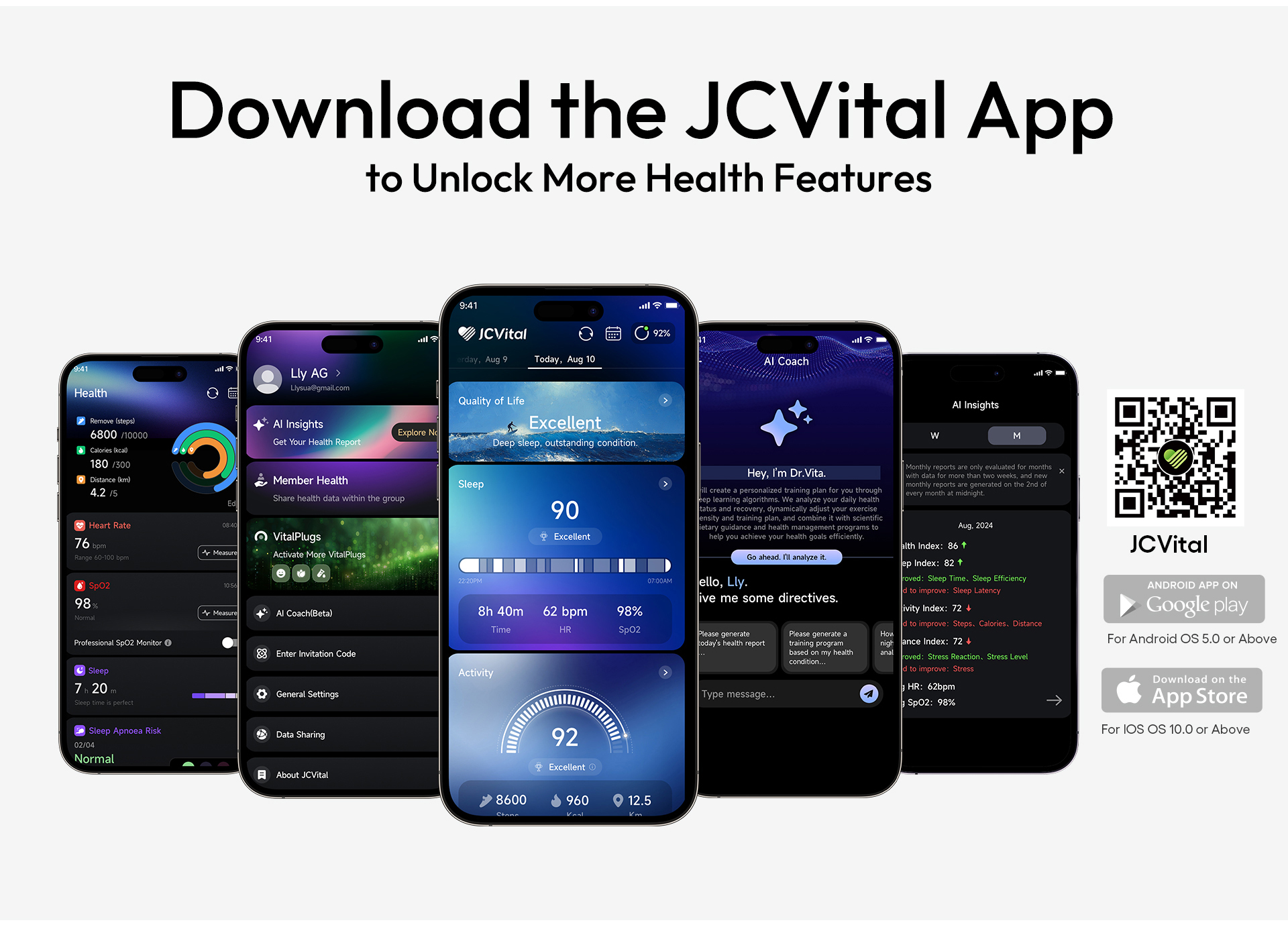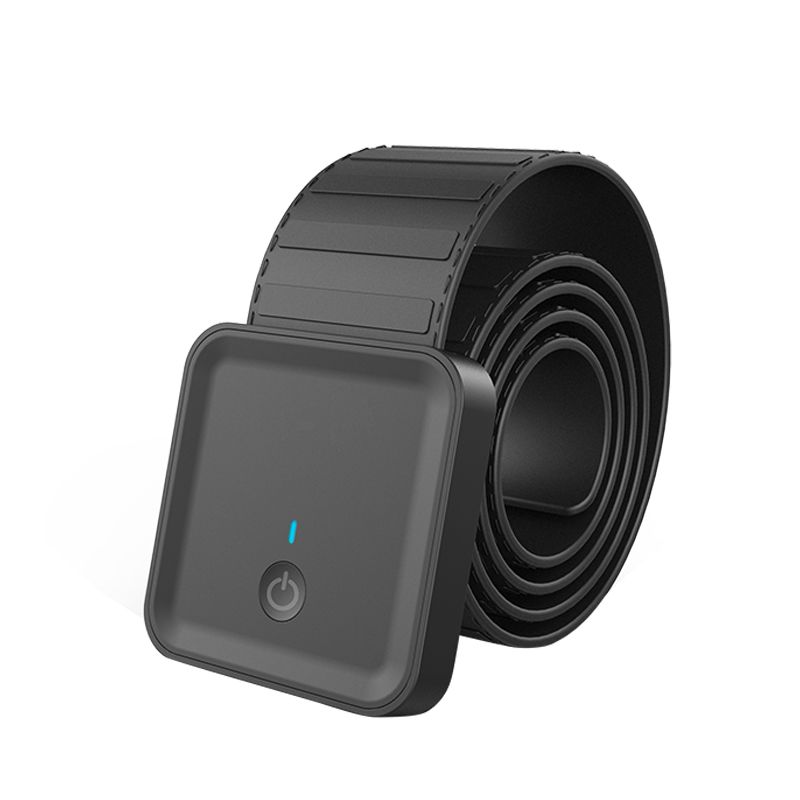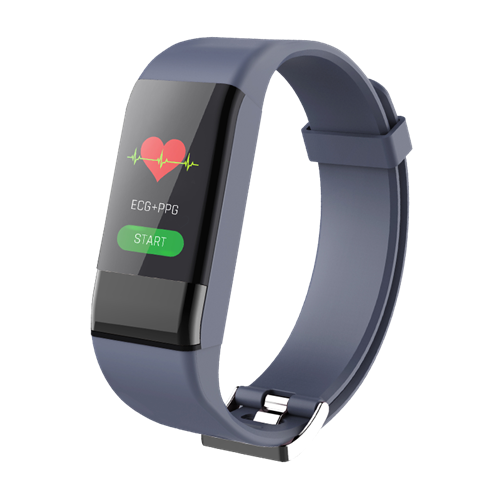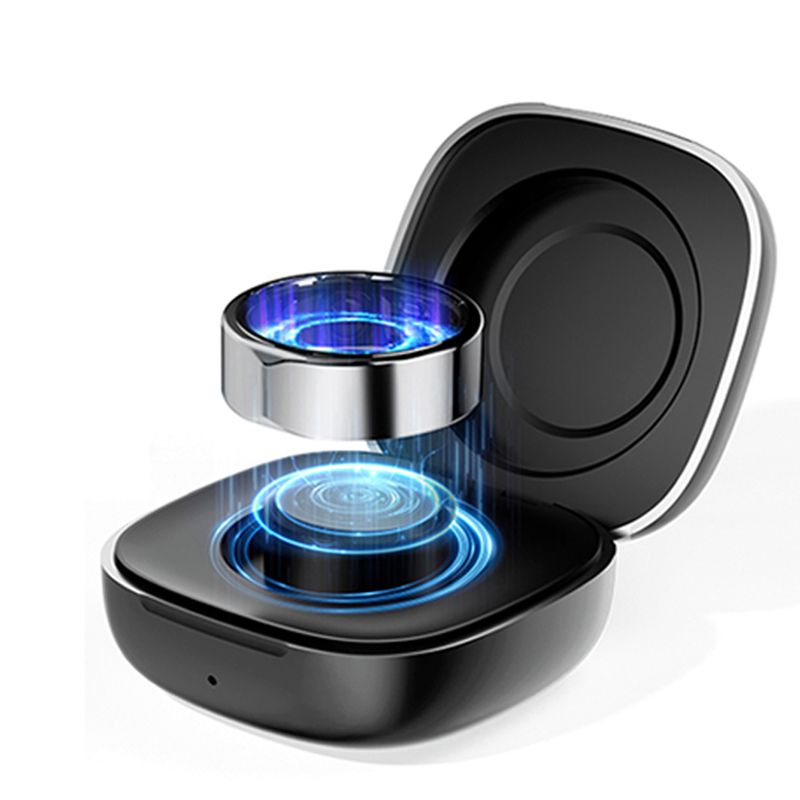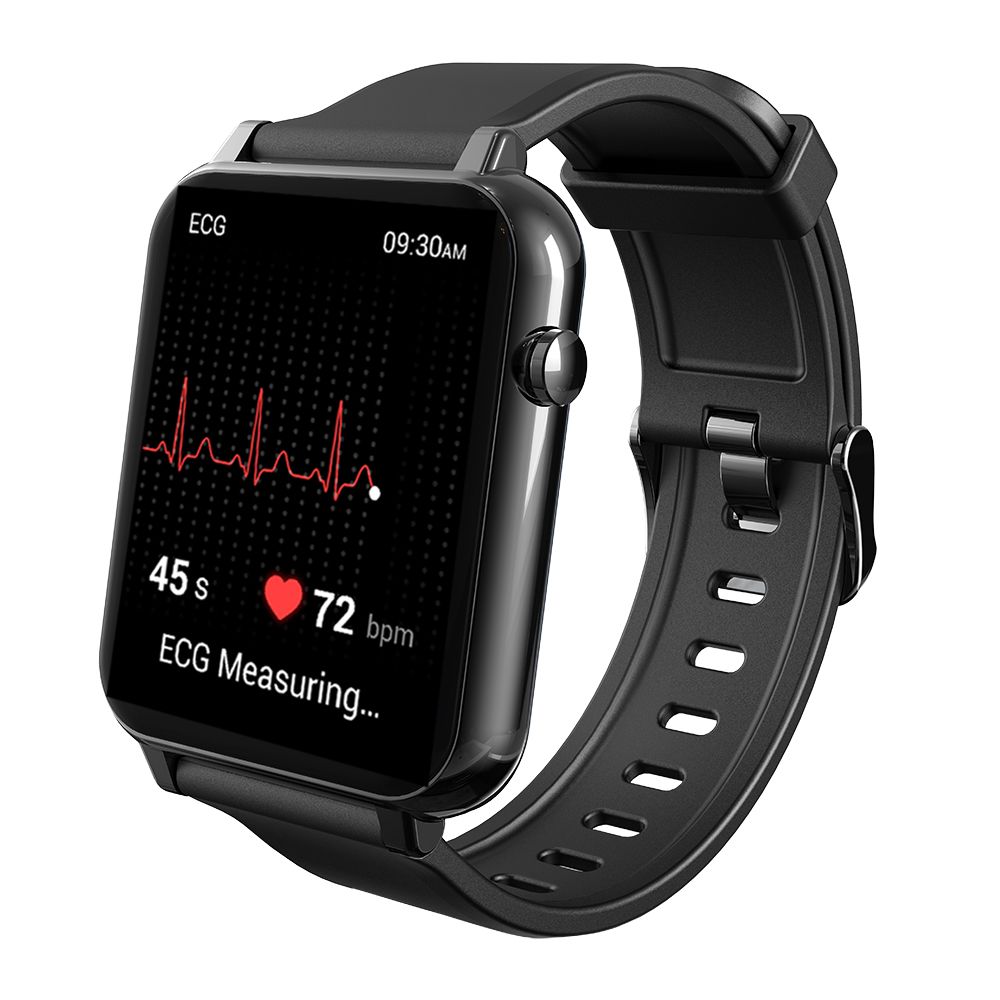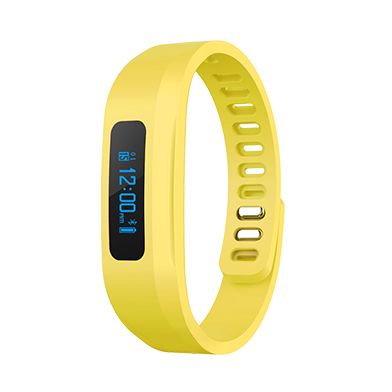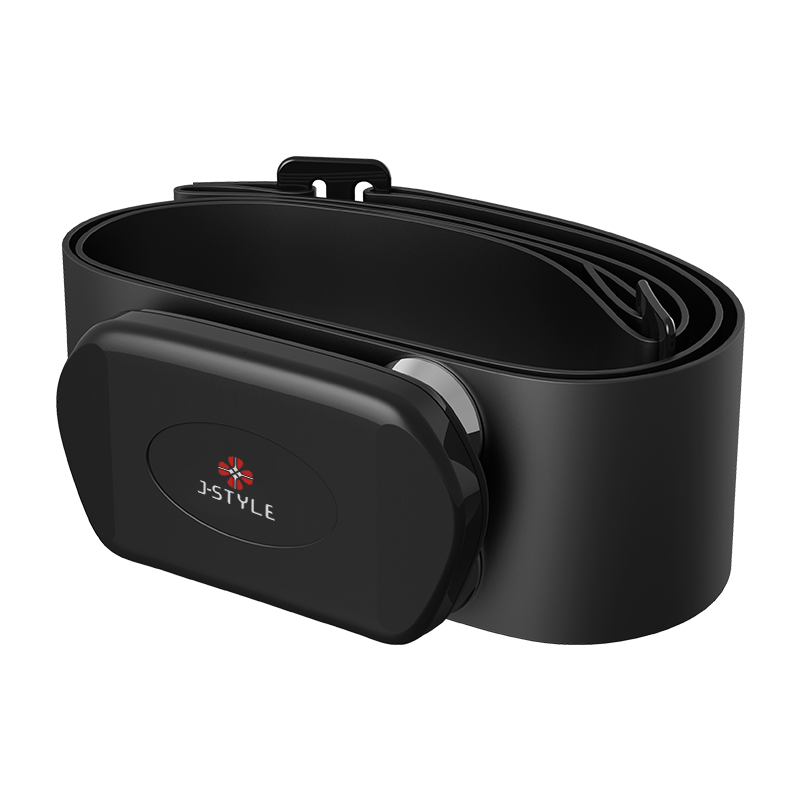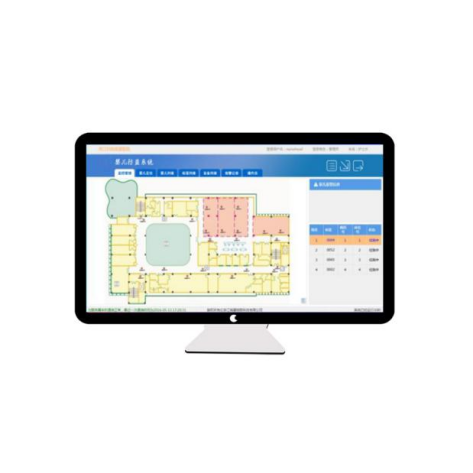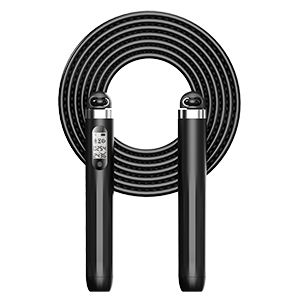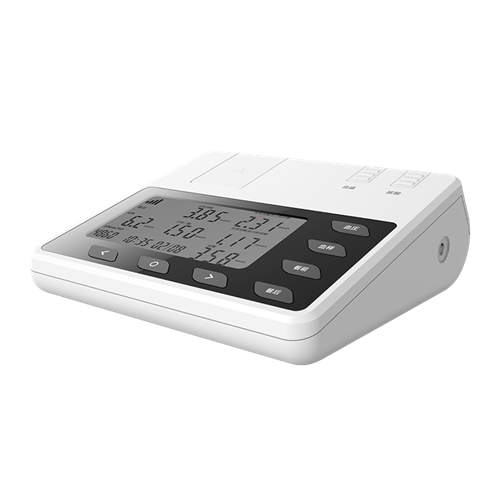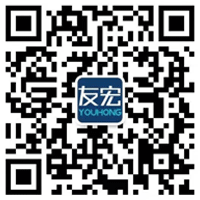Screens Are Not the Future, Data Is: Why Screenless Smart Bands Are Rising
In an era where everything comes with a screen, brands like Whoop, Polar, and JCVital are taking a contrarian yet successful approach: removing the display entirely. Instead of being “mini-smartwatches,” these screenless smart bands focus on multi-dimensional biometric data, AI-powered insights, extended battery life, and subscription-based services.
This shift marks the evolution of wearables from attention-driven gadgets to data-centric platforms capable of driving lifestyle change and chronic disease management. This article provides an in-depth look at the user value, technical foundations, business models, industry data, and future development directions of screenless wearable technology.
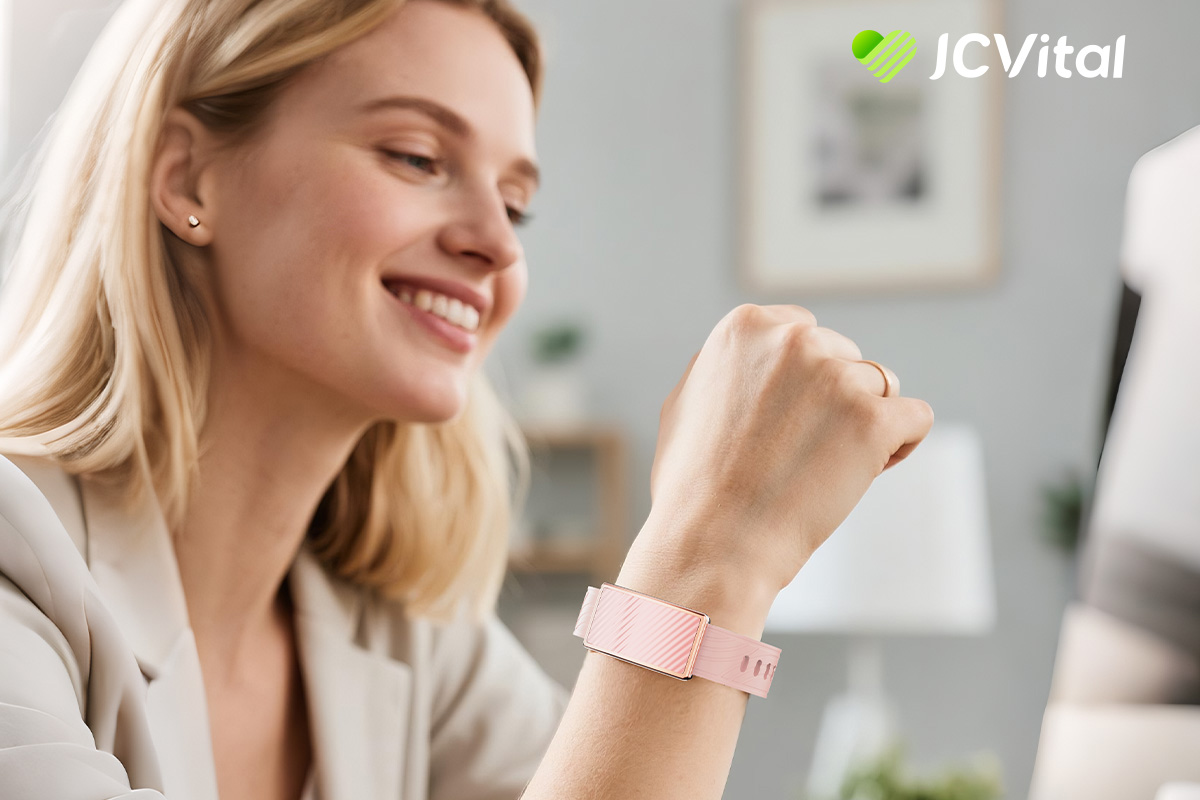
1. From “Mini Watches” to “Data Terminals”: Generational Positioning
The Traditional Path: Feature Overload + Display Screens
Early smart bands from Xiaomi, Huawei, and Fitbit emphasized multi-functionality with color displays: notifications, music, customizable watch faces, and dozens of activity modes.
● Problem 1 – Overloaded Functions: These devices increasingly overlap with smartwatches.
● Problem 2 – Distractions: Constant notifications create “attention fatigue.”
● Problem 3 – Battery Drain: Bright displays compromise long-term health monitoring (especially sleep).
The Screenless Revolution: Minimalist Design + Data Depth
Whoop, Polar, and JCVital V5 focus on “minimalism + professional data” by removing the screen and emphasizing:
● Core metrics: Heart rate, HRV, recovery, sleep, strain.
● App-based deep analytics: More actionable insights instead of superficial metrics.
This clear differentiation attracts two growing segments: serious athletes and health-conscious professionals, while setting screenless wearables apart from low-end mass-market trackers.
2. Why “Scores” Matter More Than “Steps”
From Measurement to Decision-Making
● Whoop focuses on Recovery Score, Strain Score, and Sleep Score — metrics that directly impact athletic training and performance.
● Polar leverages its exercise physiology expertise to calculate scientifically validated training load and recovery models.
● JCVital V5 extends beyond the basics, offering SpO₂, HRV, temperature trends, blood pressure tendencies, and even blood glucose risk modeling (BGEM) — supporting lifestyle guidance and early chronic disease prevention.
Compared to steps and calories, these decision-driving scores provide higher user stickiness, better retention, and stronger real-world value.

3. The Real Value of Screenless Smart Bands
● Lightweight & Comfortable: Without a screen, form factor is smaller, thinner, and ideal for 24/7 wear.
● Distraction-Free: No notifications, no information overload — focus on health, not apps.
● Better Data Accuracy: Continuous wear improves sleep quality and HRV tracking.
● Extended Battery Life: With reduced power draw, battery life extends to 7–14 days or even 30 days with charging docks (e.g., JCVital V5: 7–10 days typical, up to ~30 days with cradle, IP68-rated).
4. Business Model Transformation: From Hardware Sales to “Data as a Service”
● Subscription-Driven: Whoop pioneered a hardware + monthly subscription model (industry reports cite ~$30/month plans).
● Data Monetization: With user consent, aggregated health data can support enterprise wellness programs, sports teams, insurers, and research institutes.
● Service Bundles: From training insights to sleep improvement, stress management, and chronic disease risk alerts, screenless wearables expand into broader digital health SaaS ecosystems.
This is why analyst reports expect smart rings and screenless smart bands to achieve double-digit CAGR growth, with the U.S. smart ring market alone forecasted to reach $190M in 2025.
5. Market Data & Industry Outlook
● Wearables Market: According to IDC, wrist-worn devices remain the largest segment, while new form factors like smart rings are gaining momentum.
● Smart Ring Growth: Oura has sold millions of units globally, with 1M+ subscribers; CTA projects $190M U.S. revenue in 2025; IDC forecasts ~17% CAGR through 2028.
● Digital Health Market: Grand View Research projects the global digital health sector (including wearables) will reach trillions by 2030, driven by AI and SaaS platforms.
● Demographics: WHO predicts that by 2050, 2.1B people will be aged 60+, with growing demand for continuous, unobtrusive health monitoring.
The difference between high-end and low-end smart bands becomes clear: while low-end focuses on steps and notifications, high-end models (e.g., JCVital V5, Whoop) emphasize medical-grade accuracy, deep insights, and real-world outcomes — making them the top recommendation for serious users (high-end smart band recommendation).
6. Technology Roadmap: From “More Sensors” to “Smarter Algorithms”
● PPG sensors for HR & HRV baseline.
● Temperature & EDA for stress, recovery, and women’s health.
● Accelerometer & Gyroscope for activity classification and fall detection.
● Predictive Analytics: Moving from “after-the-fact reports” to real-time risk prediction (e.g., overtraining, sleep debt, nocturnal hypoxia).
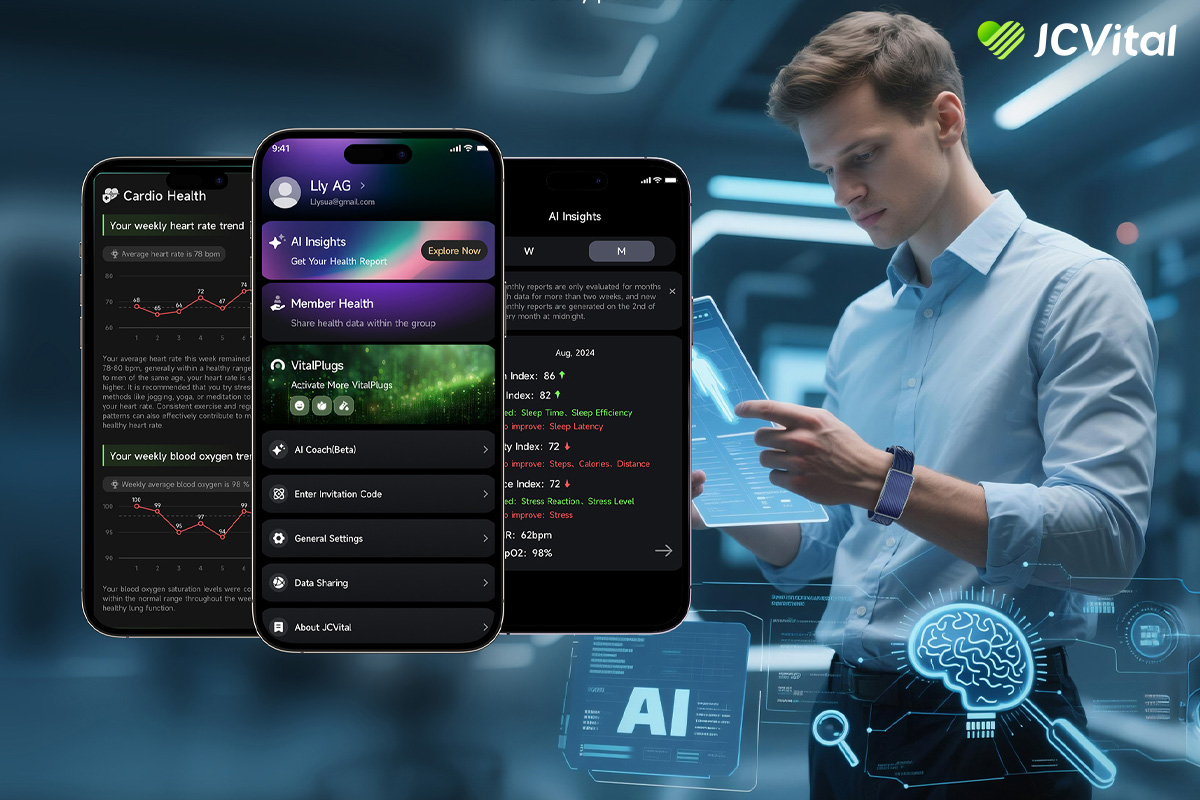
7. Application Scenarios
● Athletes: Optimize training load and recovery cycles.
● Chronic Disease Management: Monitor blood pressure, glucose risk, stress, and sleep debt for long-term lifestyle changes.
● Corporate Wellness: Anonymous aggregated dashboards to improve employee health.
● Elderly Care: Screenless design = low-disruption, long battery, easy adoption.
● Insurance & Research: De-identified data for risk scoring and medical studies.
8. Market Differentiation: Screenless vs. Screen-Based
| Feature | Screenless Smart Bands | Screen-Based Smart Bands/Smartwatches |
| Positioning | Data-driven health & recovery | Notifications + mini smartphone |
| Comfort | Lightweight, long battery | Heavier, frequent charging |
| Attention | No distractions | Notification overload |
| Data Depth | HRV, sleep, recovery, chronic health | Steps, calories, notifications |
| Business Model | Subscription, SaaS | Hardware sales + app ecosystem |
High-end smart bands provide better data accuracy, professional-grade algorithms, and stronger health outcomes, while low-end bands risk becoming disposable gadgets. (difference between high-end and low-end smart bands)
9. Future Directions (Next 3–5 Years)
1. Focus on Fewer but Deeper Metrics (HRV, recovery, sleep debt, metabolic balance).
2. Personalized AI Models adapting to individual baselines.
3. Energy Harvesting (solar, kinetic, thermoelectric) to move towards “monthly charging → quarterly charging.”
4. Privacy & Compliance (GDPR, HIPAA, federated learning).
5. Clinical Validation partnerships to build trust in sleep, cardiovascular, and metabolic monitoring.
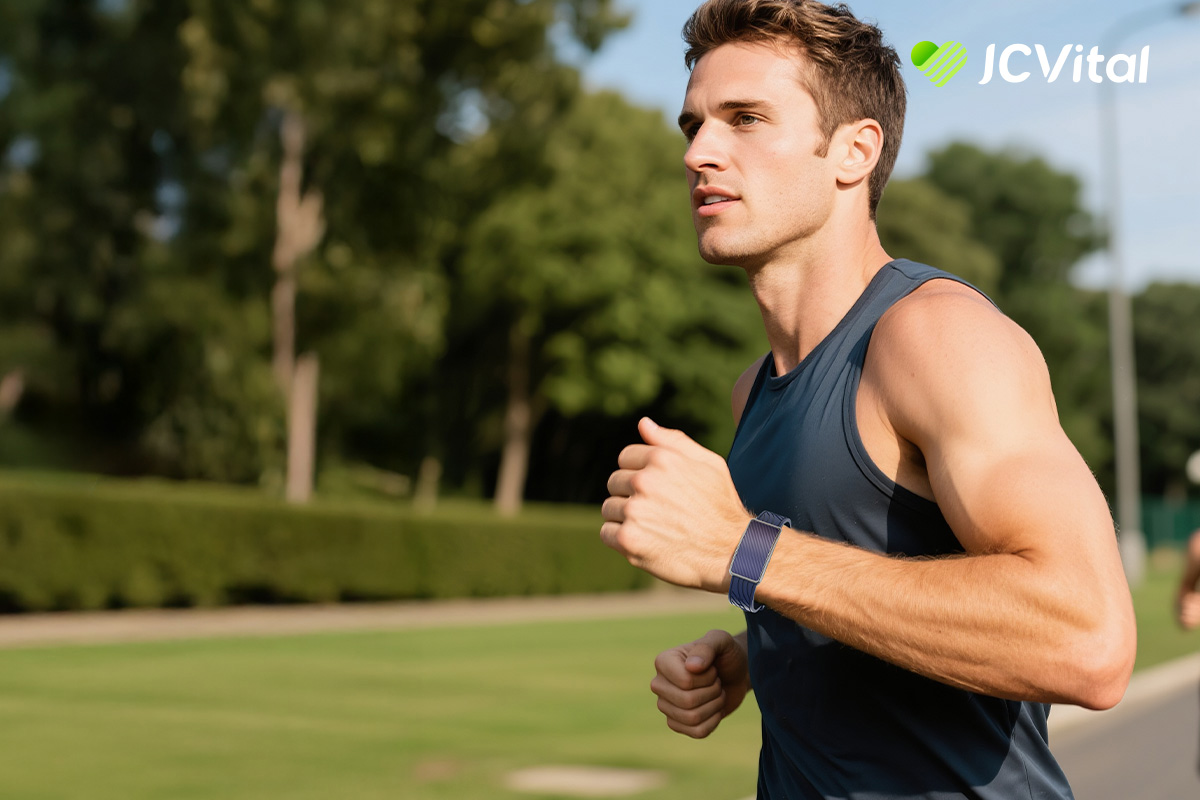
Conclusion: Data Is the Real Value of Wearables
Screens age, but data and insights are timeless.
The winners in the next generation of wearables will not be those with the brightest screens, but those with the most accurate data, smartest algorithms, and most actionable insights.
Screenless smart bands, smart rings, and invisible wearables represent the future of health technology — not as “gadgets,” but as trusted data infrastructures that shape how we train, recover, and manage long-term health.
Screens are not the future. Data is.
Download the JCVital App today and unlock the future of intelligent wellness.
